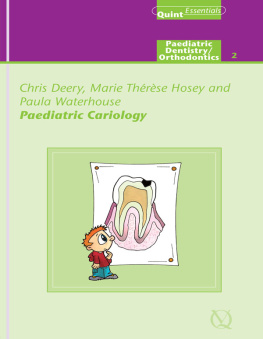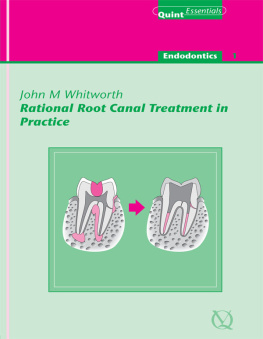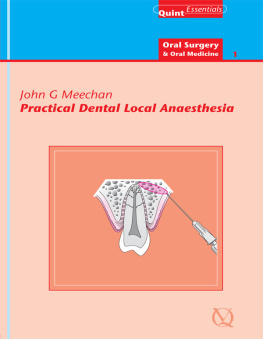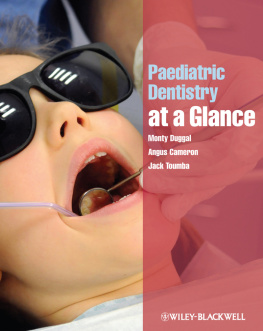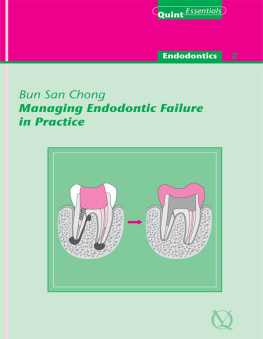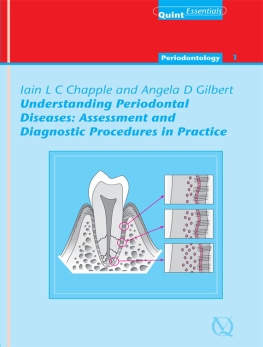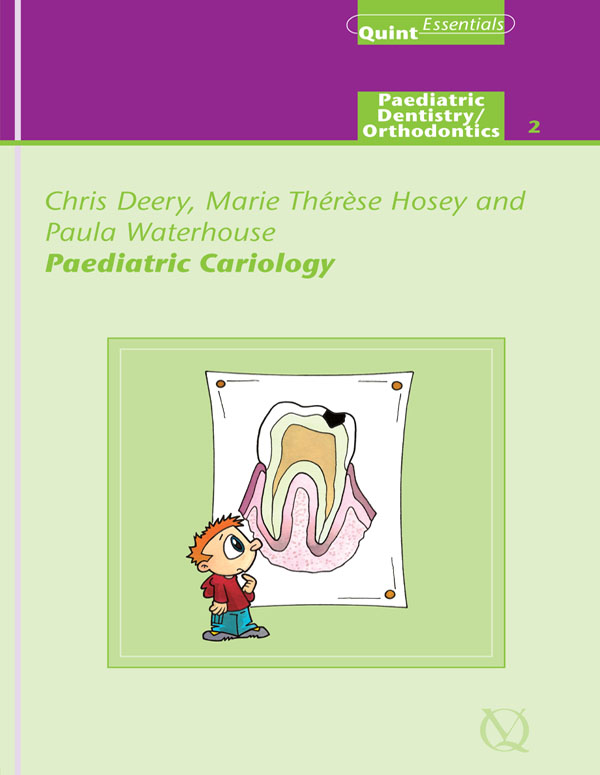
Quintessentials of Dental Practice 14
Paediatric Dentistry/Orthodontics 2
Paediatric Cariology
Authors:
Marie Thrse Hosey
Christopher Deery
Paula Jane Waterhouse
Editors:
Nairn H F Wilson
Marie Thrse Hosey

Quintessence Publishing Co. Ltd.
London, Berlin, Chicago, Paris, Milan, Barcelona, Istanbul, So Paulo, Tokyo, New Delhi, Moscow, Prague, Warsaw
British Library Cataloguing-in Publication Data
Deery, C.
Paediatric cariology - (Quintessentials of dental practice; 14. Paediatric dentistry/orthodontics; 2)
1. Dental caries in children - Treatment
I. Title II. Hosey, Marie-Therese Wilson, III. Waterhouse, P.J.
617.6 7 0083
ISBN 1850973121
Copyright 2004 Quintessence Publishing Co. Ltd., London
All rights reserved. This book or any part thereof may not be reproduced, stored in a retrieval system, or transmitted inany form or by any means, electronic, mechanical, photocopying, or otherwise, without the written permission of the publisher.
ISBN 1-85097-312-1
Foreword
It is very sad that so many children continue to suffer the ravages of dental caries and are faced with the prospect of dentalinterventions, possibly including one or more general anaesthetics, at a young age. Indeed, it is very sad that many morechildren are not caries-free, given that caries is a preventable disease.
Paediatric Cariology is an excellent addition to the rapidly expanding Quintessentials of Dental Practice series. Understanding, preventing and,in particular, managing caries in children may not be viewed by some as one of the more glamorous aspect of the clinical practiceof dentistry but, if done well, is widely accepted to be one of the most rewarding. More often than not, the challenge isto deal with at least three things at one and the same time the child as the patient, the caries and the parent who maybe anxious, guilt-ridden or, in the more difficult cases, indifferent. Not an easy task, but one that can be simplified iffamiliar with the latest thinking and clinical guidance as contained in this most helpful, easy-to-read, well illustratedbook.
As has come to be expected of books in the Quintessentials of Dental Practice series, the focus, as in the present book, ison up-to-date knowledge and understanding of immediate practical relevance. This book fulfils this expectation and, as such,may be used to great benefit in the care of children. Paediatric dentistry has changed a great deal in recent years and isset to change further with the increasing use of alternative materials and techniques and attainable improvements in the oralhealth of children. Paediatric cariology is an aspect of clinical practice that practitioners need to keep informed on. This book provides the ideal means to meetthis need.
Nairn Wilson
Editor-in Chief
Preface
Managing caries in children is a challenge to every dentist. The aim of management for every dental team is to provide care,which helps a child to become dentally aware, avoid iatrogenic damage and to grow to be a fit young adult with healthy teeth.This is principally achieved by empowering the child and their carer with preventive advice so that they value dental healthand know how to maintain it.
The prevention of dental caries is always the first priority in paediatric dental care and this involves the whole dentalteam, often supported by community health improvement initiatives, especially water fluoridation.
Unfortunately, when caries occurs in the primary dentition the morphology of the primary molars, in particular, leads to earlypulpal involvement. Therefore, early diagnosis, although often difficult, is important to simplify treatment. Luckily, pulptherapies and preformed crowns are relatively easy to perform and the addition of these techniques to the dental therapistarmamentarium is a great asset to the dental team in the UK.
We hope that this book will, firstly, inspire better routine preventative care and, secondly, provide dental operators (dentistsand therapists alike) with the modern diagnostic tools and restorative techniques to manage caries in children in primarycare dentistry in the UK.
Acknowledgements
We express our gratitude to Dr Howard Moody, Dr Chris Longbottom and Mr Toby Gilgrass for supplying some of the photographicimages. Thanks to Hazel, Ed and Richard our long-suffering spouses for all your support during the preparation of thisbook.
Chapter 1
Paediatric Cariology: Management and Myth
Aim
This chapter aims to emphasise the importance of the management of caries in children in respect of their continued dental,emotional and educational development. In addition, various myths surrounding paediatric cariology will be discussed.
Outcome
Upon reading this chapter, the practitioner should have gained an understanding of the importance of ensuring that childrenremain free of both acute and chronic dental pain and appreciate the contribution of the primary dentition, in particular,to overall health and development. The dental team should also be familiar with the chronology of the development of the dentitionand appreciate how knowledge of this assists in determining the effect of common childhood illnesses upon the dental hardtissues.
Introduction
Dental caries is one of the most prevalent of human diseases. This disease involves the mineralised tissues of the teeth,namely enamel, dentine and cementum, caused by the action of microorganisms on fermentable carbohydrates. It is characterisedby demineralisation of the mineral portion of these tissues followed by the disintegration of their organic material. Thedisease can result in bacterial invasion and death of the pulp and the spread of infection into the periapical tissues, causingpain. In its early stages, however, the disease can be arrested since it is possible for remineralisation to occur. Over recentyears there has been a decline in the prevalence of caries in the Western World. Possible reasons for this include the widespreaduse of fluoride (especially in toothpaste), changes in the diet, the increased use of antibiotics, and possible changes inthe virulence of microorganisms.
The decline in caries prevalence has been greatest on the smooth surfaces of teeth. The pit and fissured surfaces of the molarteeth now have the greatest disease susceptibility, although buccal and palatal pits and fissures remain caries prone. Thedecline in caries, however, has not been uniform but skewed. The Scottish Health Boards Dental Epidemiological Programmesurvey carried out in 1992/93 showed caries in 7% of 12-year-old children.
Unfortunately, many dental practitioners do not see the value in restoring the primary dentition. This reinforces the viewof many parents that primary teeth are expendable. We hope that this book will encourage dentists, dental therapists and hygieniststo develop their skills to meet the challenge of treating the young child and promote a change in attitude in those who donot value the primary dentition (Fig 1-1).
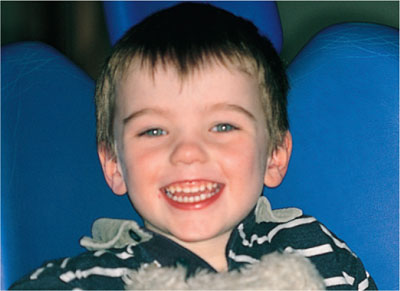
Next page
